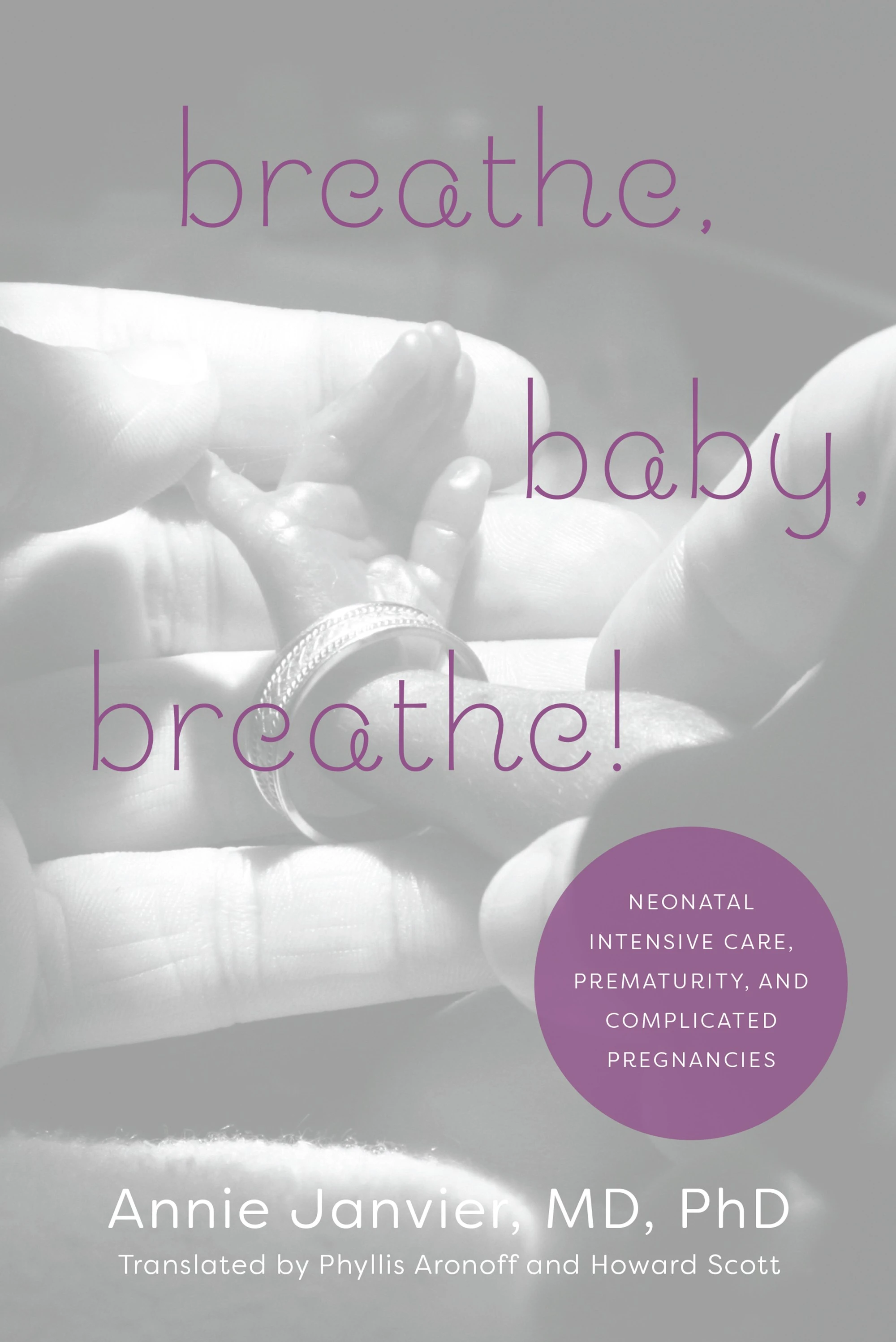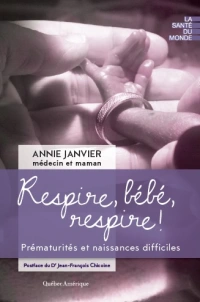Nosocomial pneumonias in intubated patients are common in adults and older children, in whom there are well established criteria for diagnosis and for determining the guilty bacteria. Would that it were so in newborns. nosocomial pneumonias are probably a least as common, but how do we diagnose them, and how do we figure out the responsible organism? This paper confirms something that I think is already well-known, that endotracheal tube aspirates are unreliable, ether for diagnosis or for deciding which bug is to blame.
Previous studies of this system (the Avea-CliO2) showed that more babies were in range more of the time when the system was used compared to usual care (that is the nurse changing the FiO2 when they think it is required) but there were more periods of time desaturated, but no more (in fact a bit less) severely desaturated. In this new paper the authors randomized babies to have set limits of either 87 to 93 or 90 to 93%. Basically the results are here:

There was a bit more oversaturation with the narrower limits, and a bit more saturation below 86% with the wider limits. I don’t know for sure if this approach is reasonable, I would be a bit worried about the higher sats of 97% and more going up by a few percentage points, but the decrease in desaturation looks worthwhile.
Schat TE, et al: Abdominal near-infrared spectroscopy in preterm infants: a comparison of splanchnic oxygen saturation measurements at two abdominal locations. Early Hum Dev 2014, 90(7):371-375. I am still not sure of the place of NIRS in monitoring of preterm babies, either cerebral or in other sites. This investigation of abdominal NIRS did show that where you put the probe affects the results, you can’t consider hepatic and sub-umbilical sites equivalent, you get different results. The values in either site vary a great deal, so in order to know if they are of much real interest, we probably need prolonged monitoring, with some sort of time-weighted average value or something. Time will tell, I hope.








